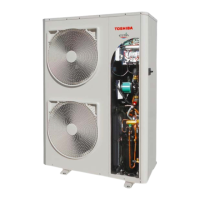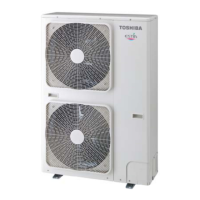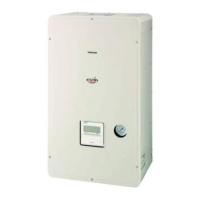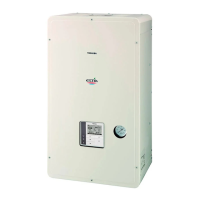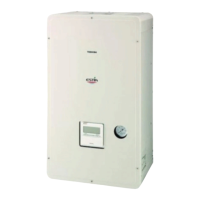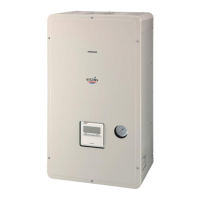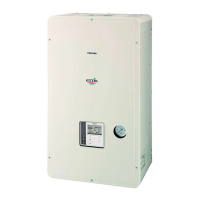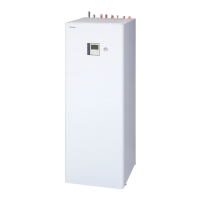
Do you have a question about the Toshiba ESTIA R32 HWT-401HW-E and is the answer not in the manual?
| Model | HWT-401HW-E |
|---|---|
| Category | Heat Pump |
| Refrigerant | R32 |
| Heating Capacity | 4.0 kW |
| Energy Efficiency Class | A++ |
| Type | Air to Water |
| Power Supply | 230V |
| Noise Level (Outdoor) | 48 dB(A) |
Details the new R32 line-up for ESTIA heat pumps manufactured in Europe.
Lists the various types and models of ESTIA R32 units, including outdoor units, Hydrobox, and All-in-One.
Details the nominal heating capacity and power consumption for the HWT-401HW-E model.
Details the nominal heating capacity and power consumption for the HWT-601HW-E model.
Details the nominal heating capacity and power consumption for the HWT-801H(R)W-E model.
Details the nominal heating capacity and power consumption for the HWT-1101H(R)W-E model.
Presents various schematic diagrams for ESTIA system integration.
Illustrates the wiring schematic for a 230V system.
Provides details on refrigerant piping for ESTIA R32 models, including charge and pipe sizes.
Details sound level specifications for R32 ESTIA units under various conditions.
Explains the membrane expansion vessel's role and sizing considerations.
Provides information on fusing and current consumption requirements for ESTIA models.
Discusses the 3-way changeover valve for domestic hot water generation.
Explains the 3-way mixing valve used for controlling a second heating zone.
Guides users through the initial setup and configuration process for the hydro unit.
Identifies and explains the functions of the buttons on the remote control.
Explains the meaning of the display indicators on the remote control.
Guides users on accessing and modifying submenu settings via the remote control.
Details various function codes (FC) used for configuring the hydro unit's operation.
Explains the procedure for setting up and operating the floor drying program.
Details how to perform functional checks using the PCB switches.
Illustrates the water circuit layout and placement of various sensors.
Shows the refrigeration circuit diagrams and the location of sensors for different models.
Describes optional inputs and Hydrobox output signal control functions.
Covers the 0-10 V interface and direct capacity control methods.
Covers PCB resetting, remote control wiring, and timer settings.
Details pump performance curves and temperature sensor characteristics.
Provides physical dimensions for outdoor units, Hydrobox, and ALL-IN-ONE units.
Lists common fault symptoms and their possible causes.
Details fault detection mechanisms related to heat exchangers and outdoor units.
Covers fault detection related to the remote control and communication issues.
Describes the KNX module for integrating ESTIA units with KNX building automation systems.
Details the MODBUS module for integrating ESTIA units with Modbus RTU networks.



